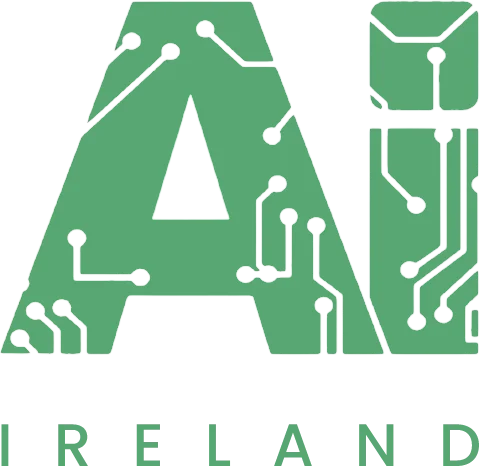Two weeks ago, Tesla unveiled an exciting update that has the potential to revolutionise the world of automation: the Optimus, affectionately known as the Tesla Bot. Tesla aims to harness this bipedal humanoid robot to tackle dangerous and repetitive tasks currently carried out by human workers in Tesla facilities. The Optimus holds the promise of transforming factory operations and assembly lines, including Tesla’s sprawling gigafactories responsible for producing vehicles, solar panels and batteries.
The Optimus in Action
In a captivating video shared by Tesla, the Optimus is showcased as a machine that seamlessly combines the mechanical with the human. Its arms and legs are adorned with exposed cables, actuators and joints, while its hands and face maintain a smooth, lifelike appearance. What sets this robot apart is its ability to learn tasks by simply observing, thanks to a neural network that operates entirely onboard and relies solely on visual input.
The video demonstrates the Optimus engaging in a real-time interaction with a human partner. For instance, when presented with a table full of coloured blocks, the Optimus patiently waits until the person removes their hands from the blocks before commencing its sorting task. The precision and efficiency with which it carries out its duties are truly remarkable. It even showcases the ability to take corrective actions, ensuring all the blocks face the same direction.
Furthermore, the video suggests that the Optimus can be trained to perform new tasks, highlighting its adaptability and versatility. In one surprising twist, the Optimus is seen gracefully executing a series of yoga poses, mirroring the flexibility and dexterity of a human being.
A Journey of Progress
This recent update marks a significant milestone in the evolution of the Optimus. Engineers and enthusiasts got their first glimpse of the robot during Tesla Investor Day back in March, where a working model of the Optimus was featured assembling another Optimus robot. The last live appearance of the Optimus was in September 2022, during that year’s AI Day – an annual event held by Tesla to attract AI and robotics engineers.
In 2022, Elon Musk introduced two versions of the Optimus. The first was an older model capable of independent walking and waving, weighing 161 pounds and equipped with a 2.3kWh battery and third-party actuators. The second model, with a more refined design featuring a metal casing and Tesla-built actuators, could not walk but displayed the ability to wave.
The Progress Continues
The videos from 2022 and 2023 clearly illustrate Tesla’s remarkable progress since the initial announcement of the Optimus during the inaugural AI Day in August 2021. Tesla’s commitment to advancing this technology is evident in their ongoing recruitment efforts, as they seek deep learning, computer vision, motion planning, controls, mechanical and general software engineers to drive the development of the Optimus.
One notable revelation is that Elon Musk has claimed that the Optimus boasts twice the economic output of a human worker. With such impressive potential, it’s no wonder that the world is eagerly anticipating the robot’s commercial availability, which Tesla plans to achieve within the next three to five years.
Behind the Scenes
The brains behind the Optimus reside within Tesla’s Autopilot team, responsible for developing self-driving software for Tesla vehicles. While the Optimus can operate autonomously, the current iteration of Tesla’s vehicle Autopilot system requires active driver supervision.
Tesla’s Autopilot team is renowned for developing neural networks by collecting and analysing data from vehicle cameras. Millions of Tesla vehicles contribute real-time information, which is crucial for object detection and depth estimation. However, one intriguing question remains: how might Tesla leverage data collected from assembly robots on its factory floors, including the likes of Godzilla, the giant robot that manoeuvres car bodies on the paint line, and other specialised robots that perform welding and component installation?
Conclusion
As Tesla continues to push the boundaries of automation with the Optimus, we stand at the threshold of a new era in manufacturing and robotics. With its remarkable ability to learn through visual observation and its potential to tackle a wide range of tasks, the Optimus is poised to play a pivotal role in reshaping the future of automation. As we eagerly await its commercial debut, it’s clear that Tesla’s commitment to innovation knows no bounds, and the Optimus may well be a game-changer for industries across the board.
Book an AI Presentation today
AI Ireland offers tailored presentations catering to your industry’s needs, providing invaluable insights into the transformative power of AI technologies. Stay ahead of the curve and equip your organisation with the knowledge it needs to confidently embrace the future.
Don’t miss the opportunity to enlighten your team and stakeholders. Book a presentation today and explore how innovation is positively impacting your industry.
Early Bird Tickets Now on Sale for the 2023 AI Awards.

The fifth annual AI Awards takes place on Tuesday November 21st at the Gibson Hotel. This is an exciting opportunity to connect and network with over 200 AI and Data professionals across the island of Ireland and hear from some of the most exciting AI applications across industry and academia spanning 12 award categories.
Don’t miss the opportunity to get your discounted Early Bird tickets now! Head over to aiawards.ie/tickets or Eventbrite and enter the discount code EarlyBird_AIA to get your ticket for just €100. Limited tickets available; Original Price €239.

